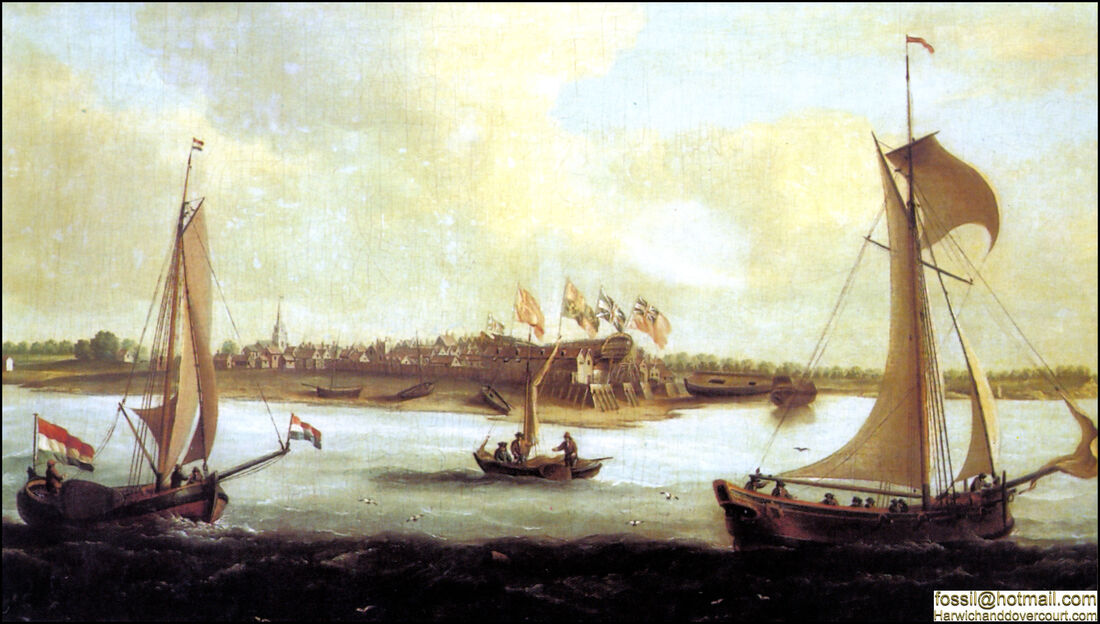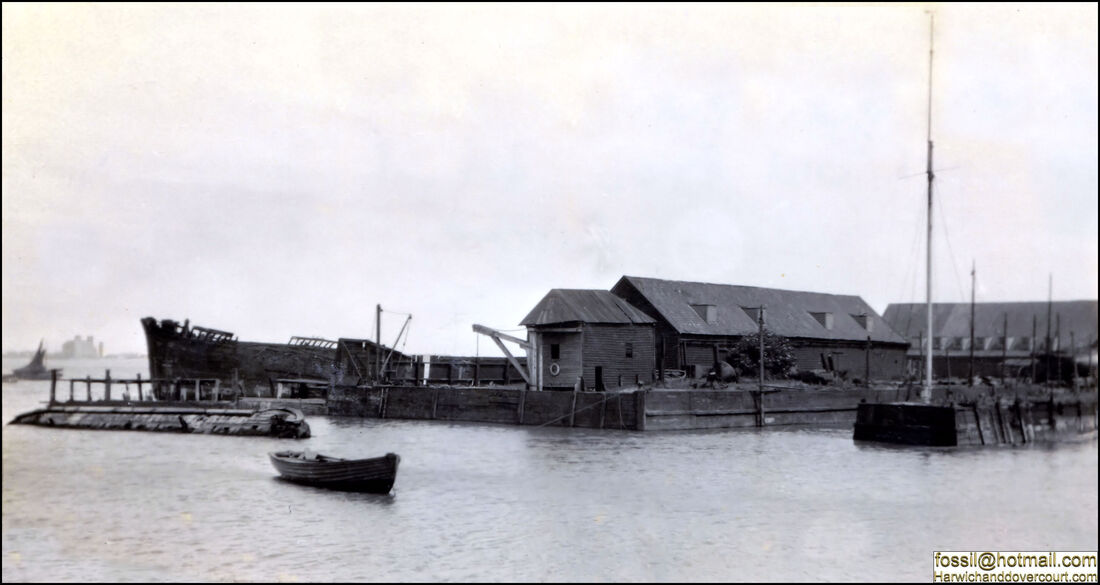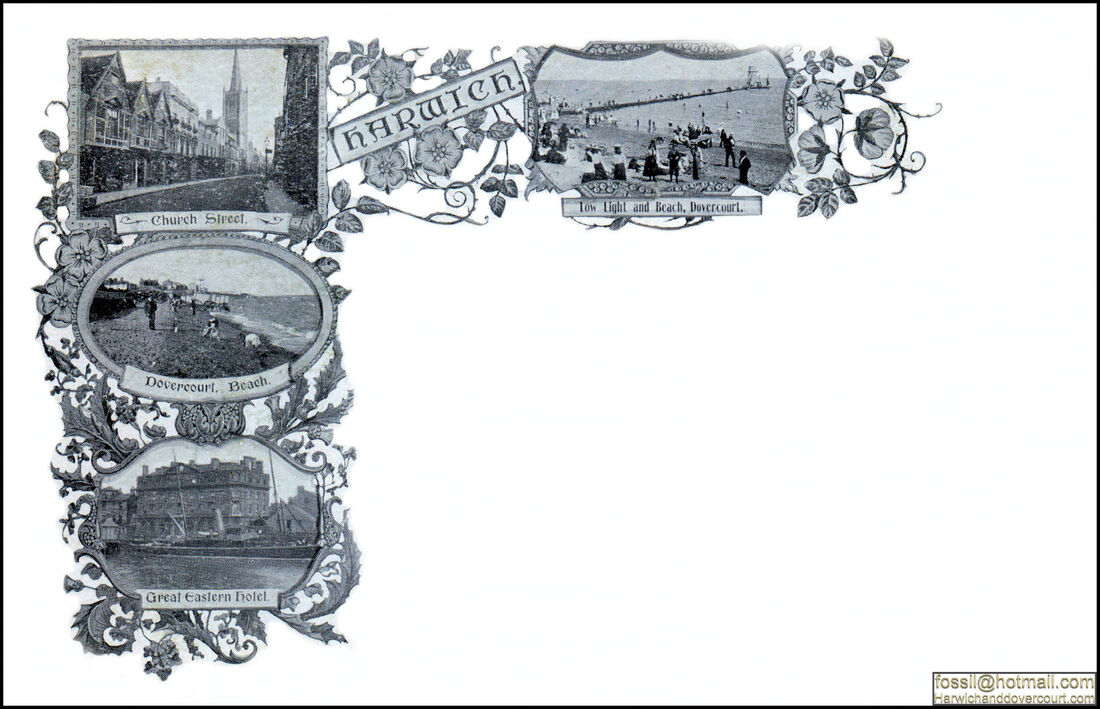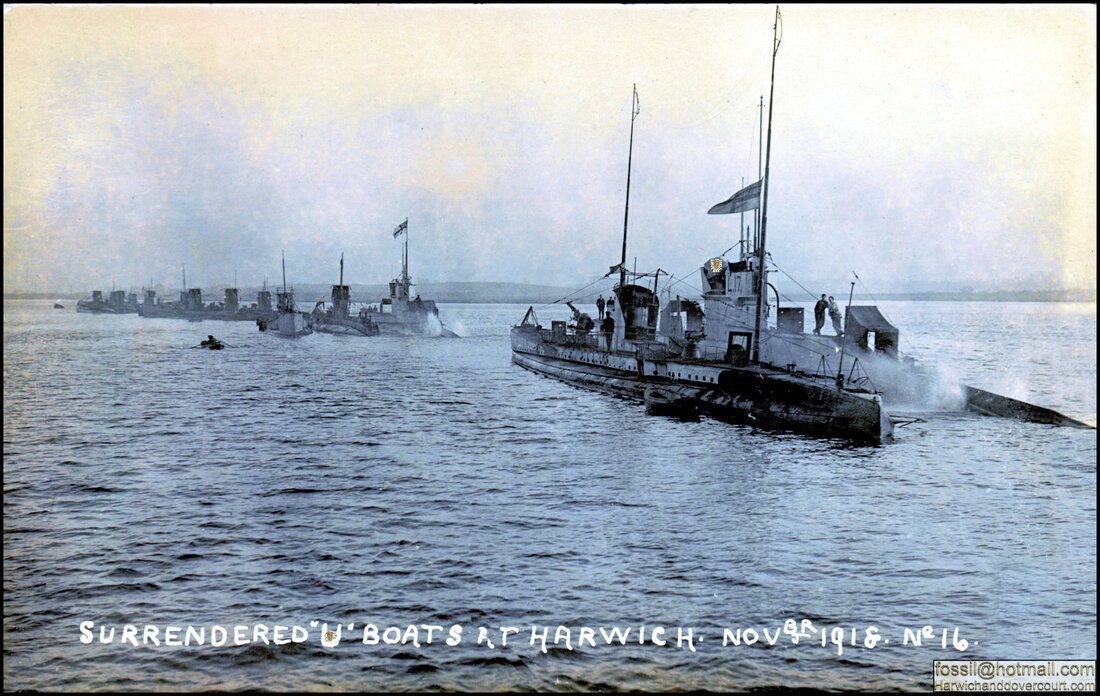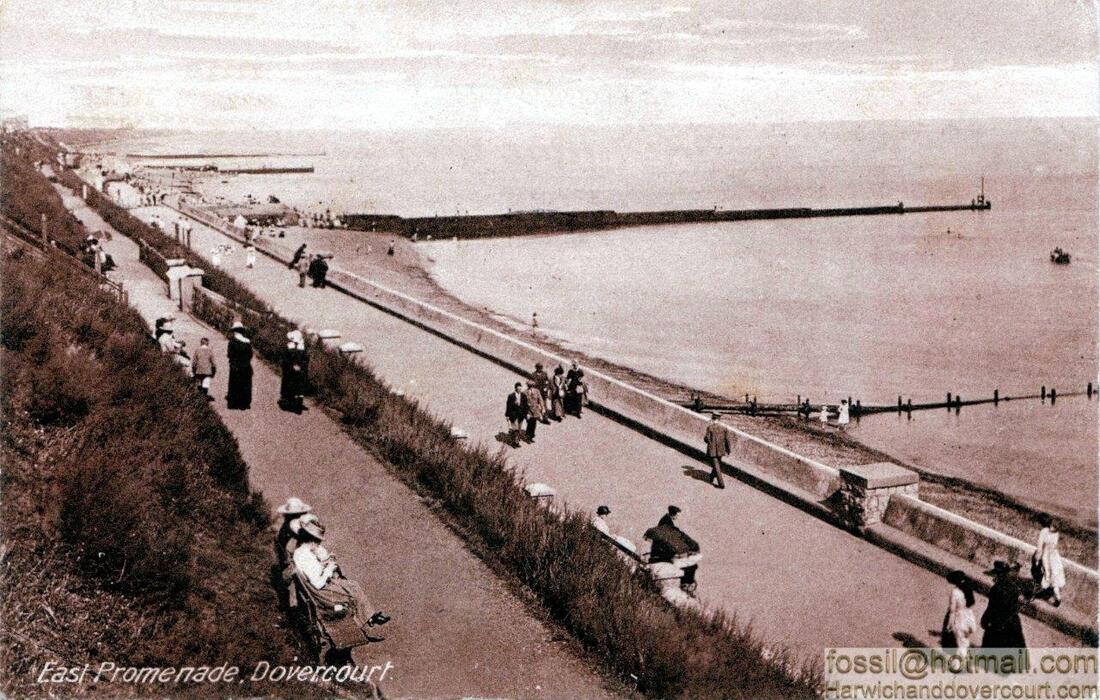A little bit of history
A Fine 18th century engraving by Johannes Kip (1653-1722) Entitled “A Prospect of the Towne & Harbour of Harwich” published circa 1720 with additional hand colouring.
This particular copper engraving appears to be quite an early version. It was originally engraved by Johannes Kip, with Isaac Sailmaker (1633-1721) being the "delineator" and "hand colouring" carried out by Hendrick Hulsbergh (1660-1729). The details which are noted in the lower right-hand corner of this engraving, with all three men, being of Dutch origin.
The word “Delin” on old prints means "drew" in Latin. The name following is the artist who did the drawing that the print reproduces.
The word “Sculp” shows the that the print is an engraving. The name following this will be that of the engraver.
Later examples possibly produced around 1750 (as stated in the British Museum) show no such signatures, which was possibly due to deteriorating relationships between Great Britain and Holland and the subsequent fourth Anglo-Dutch War in 1780. A link to the Government's Art collection is shown below:
https://artcollection.culture.gov.uk/artwork/5616/
This detailed engraving, shows a bird’s-eye-view of the town and harbour of Harwich in Essex, it is coloured with washes of watercolour. The town of Harwich and the meeting of the River Stour and the River Orwell are seen, as they appeared in the early 18th century. In the distance is a church in the village of Shotley, on a peninsula between the two rivers. The main buildings and features are identified in a lettered key below the image and include the ‘Lighthouse’, ‘St. Nicholas' Church’ in Harwich, ‘Shotley Church’ and 'Shotley gate house'.
Johannes Kip (1653-1722) was a draftsman and engraver, who was a native of Amsterdam. He was a pupil of Bestiaen Stopendeal from 1668 to 1670. He worked first in his native Amsterdam before moving to London at the end of the seventeenth century. He did portraits, views, and book illustrations. His most important work was this lovely and informative series of bird's-eye views of English countryseats. Kip originally collaborated on this project with a fellow Dutch artist, Leonard Knyff. Knyff did the drawings and Kip the etchings. But as the project developed, Kip created his own drawings as well as doing the etchings. The earliest dated prints by Kip are from 1672, and numerous printed topographical views and portraits followed. Winning the attention of the court of William of Orange, he etched six plates of William of Orange, his wife, Mary, and attendants in 1686. In 1689, William and Mary were made King and Queen of Great Britain, and Kip followed the court to England. Kip settled in Westminster where he continued his work.
Isaac Sailmaker was known as 'the father of British sea painting'. He ranks among the country's first marine artists. Born in Holland, he came to England very young and worked in the household of art dealer George Geldorf, developing a style that provided a highly detailed record of the British navy. His hand is recognizable through substantial clues. He almost always worked within a restrained palette primarily of greys, greens, and black. His paintings of Eddystone Lighthouse are amongst the best known and most highly valued.
Hendrick Hulsbergh was a Dutch engraver of maps and architecture who worked in London from at least 1709 onwards.
Born in Amsterdam, Hulsbergh was in London by 1709. He was mainly employed on engraving large architectural compositions: for Colen Campbell's Vitruvius Britannicus, Kip's Britannia Illustrata, and Christopher Wren's Designs for St. Paul's Cathedral. He also engraved portraits, including one of Georg Andreas Ruperti, pastor of the Dutch Church in London in 1709. Hulsberg was warden of the Lutheran Church in the Savoy Hospital and was supported by the congregation and the brethren of a Dutch club during two years of continued illness and incapacity for work. He died in May 1729 of a paralytic fit and was buried in the Savoy.
This particular copper engraving appears to be quite an early version. It was originally engraved by Johannes Kip, with Isaac Sailmaker (1633-1721) being the "delineator" and "hand colouring" carried out by Hendrick Hulsbergh (1660-1729). The details which are noted in the lower right-hand corner of this engraving, with all three men, being of Dutch origin.
The word “Delin” on old prints means "drew" in Latin. The name following is the artist who did the drawing that the print reproduces.
The word “Sculp” shows the that the print is an engraving. The name following this will be that of the engraver.
Later examples possibly produced around 1750 (as stated in the British Museum) show no such signatures, which was possibly due to deteriorating relationships between Great Britain and Holland and the subsequent fourth Anglo-Dutch War in 1780. A link to the Government's Art collection is shown below:
https://artcollection.culture.gov.uk/artwork/5616/
This detailed engraving, shows a bird’s-eye-view of the town and harbour of Harwich in Essex, it is coloured with washes of watercolour. The town of Harwich and the meeting of the River Stour and the River Orwell are seen, as they appeared in the early 18th century. In the distance is a church in the village of Shotley, on a peninsula between the two rivers. The main buildings and features are identified in a lettered key below the image and include the ‘Lighthouse’, ‘St. Nicholas' Church’ in Harwich, ‘Shotley Church’ and 'Shotley gate house'.
Johannes Kip (1653-1722) was a draftsman and engraver, who was a native of Amsterdam. He was a pupil of Bestiaen Stopendeal from 1668 to 1670. He worked first in his native Amsterdam before moving to London at the end of the seventeenth century. He did portraits, views, and book illustrations. His most important work was this lovely and informative series of bird's-eye views of English countryseats. Kip originally collaborated on this project with a fellow Dutch artist, Leonard Knyff. Knyff did the drawings and Kip the etchings. But as the project developed, Kip created his own drawings as well as doing the etchings. The earliest dated prints by Kip are from 1672, and numerous printed topographical views and portraits followed. Winning the attention of the court of William of Orange, he etched six plates of William of Orange, his wife, Mary, and attendants in 1686. In 1689, William and Mary were made King and Queen of Great Britain, and Kip followed the court to England. Kip settled in Westminster where he continued his work.
Isaac Sailmaker was known as 'the father of British sea painting'. He ranks among the country's first marine artists. Born in Holland, he came to England very young and worked in the household of art dealer George Geldorf, developing a style that provided a highly detailed record of the British navy. His hand is recognizable through substantial clues. He almost always worked within a restrained palette primarily of greys, greens, and black. His paintings of Eddystone Lighthouse are amongst the best known and most highly valued.
Hendrick Hulsbergh was a Dutch engraver of maps and architecture who worked in London from at least 1709 onwards.
Born in Amsterdam, Hulsbergh was in London by 1709. He was mainly employed on engraving large architectural compositions: for Colen Campbell's Vitruvius Britannicus, Kip's Britannia Illustrata, and Christopher Wren's Designs for St. Paul's Cathedral. He also engraved portraits, including one of Georg Andreas Ruperti, pastor of the Dutch Church in London in 1709. Hulsberg was warden of the Lutheran Church in the Savoy Hospital and was supported by the congregation and the brethren of a Dutch club during two years of continued illness and incapacity for work. He died in May 1729 of a paralytic fit and was buried in the Savoy.
